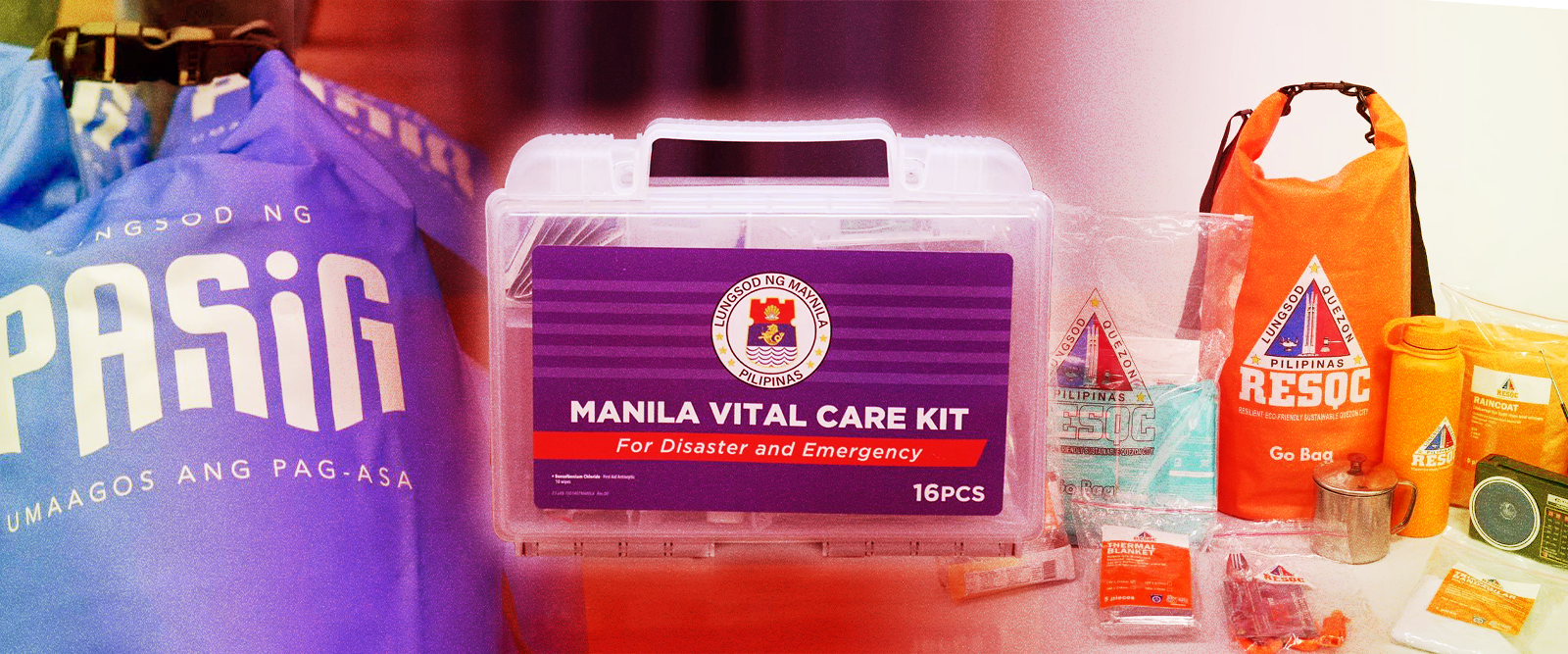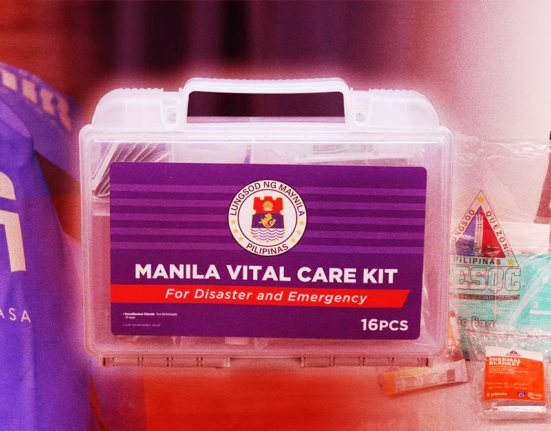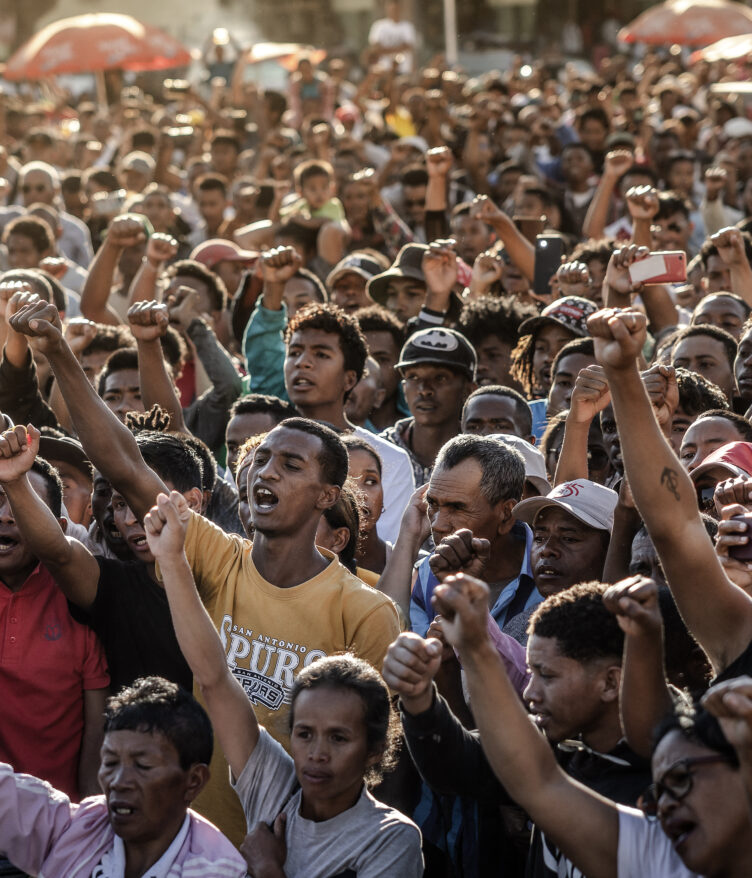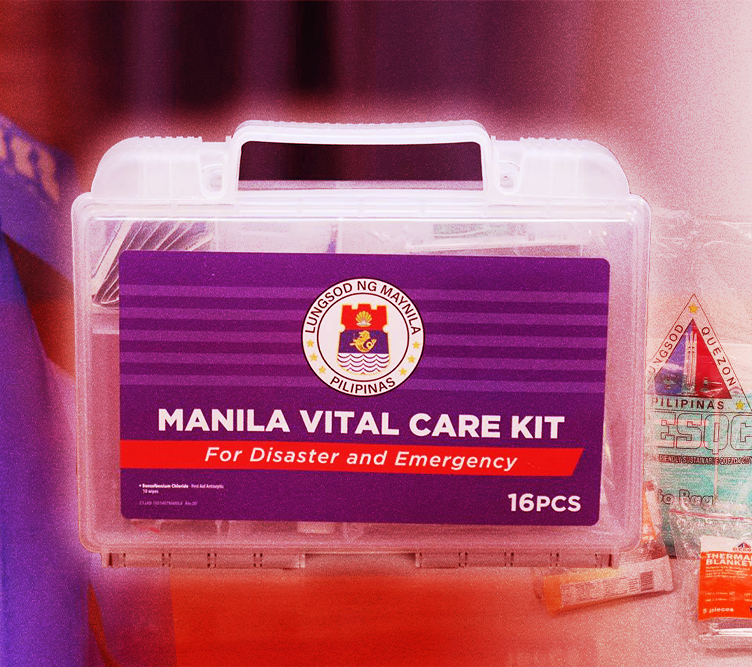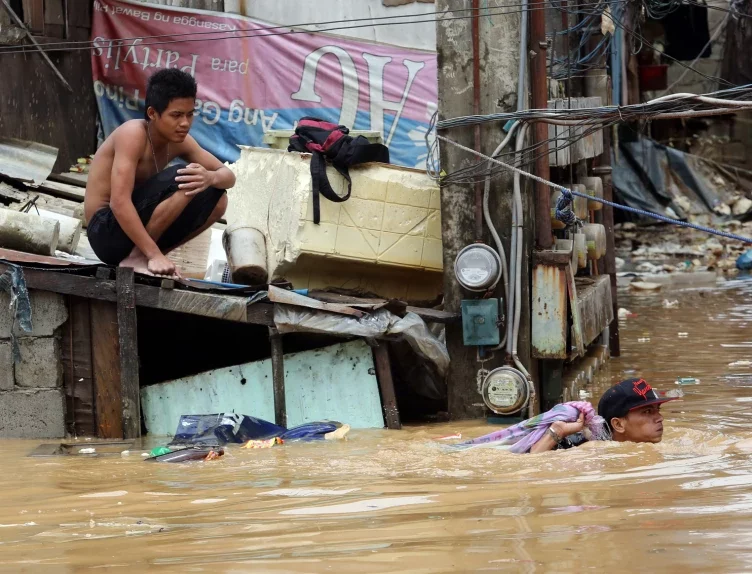EVERYDAY in many parts of the Philippines, the earth murmurs. Sometimes it’s only a faint tremor—barely noticed. Other times it jolts communities awake, cracking roads, and fueling fear that “The Big One” is coming.
This ongoing sense of unease is far from imagined—the Philippine archipelago sits directly within the volatile Pacific Ring of Fire, a region known for frequent and intense tectonic movements.
For countless Filipinos, earthquakes are not rare, isolated events but recurring—and often unpredictable—hazards that shape daily life. In recent weeks, this persistent threat has escalated into a harsh and undeniable reality.
As the ground keeps shifting beneath our feet, one thing is certain: the question isn’t if another quake will strike—but when. In a country this vulnerable, how can Filipinos prepare, even in small yet vital ways, before the next tremor hits?
Shaken and Terrified
On October 10, 2025, a powerful 7.4 earthquake struck off the coast of Manay, Davao Oriental, followed minutes later by a 6.8 tremor—setting off tsunami warnings, damaging buildings, and causing widespread power outages across parts of Mindanao.
According to the National Disaster Risk Reduction and Management Council (NDRRMC) report released on Tuesday, October 14, the doublet quake affected a total of 845,001 people in Davao Oriental.
Residents fled to higher ground, many unsure of what to bring or where to go. The psychological impact, especially following the earlier magnitude 6.9 quake in Cebu weeks prior, continues to unfold. Aftershocks keep shaking both nerves and structures.
These recurring seismic events raise a pressing question: Are we truly prepared? And if not, what can everyday Filipinos do now to increase their chances of survival in the next disaster?
Take Note
While staying informed is essential, it’s equally important to prepare as though disaster could strike at any moment. That’s why having a “go bag” is one of the most crucial steps you can take.
A go bag—also known as a pre-packed emergency survival kit—can be a lifesaver. In the critical moments after an earthquake, there’s often no time to collect supplies, especially when roads are blocked or chaos breaks out.
Its purpose is to help an individual or family survive the first 72 hours—the vital window before rescue and relief efforts can reach affected areas. Go bags help reduce panic, allow for faster evacuations, and ease the load on already stretched emergency services.
According to the Philippine Red Cross, a go bag should include:
- Battery-Powered Radio
- Ready-to-Eat Food
- Flashlight
- Whistle
- Potable Water
- Batteries
- Dust/Face Mask
- Warmth Essentials (Jacket, Blanket, etc.)
- Utility Rope
- Trash Bag
- Important Documents
- Dining Utensils
- Hygiene Kit
- First Aid Kit
Go Bag is a Must
In a country hit by over 20 typhoons a year and crisscrossed by active fault lines, having a go bag isn’t paranoia—it’s basic preparedness. Recognizing this, several local government units (LGUs) in Metro Manila have begun distributing them to residents.
Pasig City led the way, distributing go bags to households, public utility workers, and schools. Mayor Vico Sotto shared that each kit, worth ₱992, is part of a 430,000-bag rollout to be delivered house-to-house.
In Quezon City, the focus is on low-income families living along the West Valley Fault. These residents will receive “RESQC Bags,” as the city prioritizes those most vulnerable to disaster risks.
To strengthen school preparedness, Taguig City has also distributed go bags to 52 public schools, ensuring both teachers and students have access to emergency essentials.
Following suit, Manila City plans to distribute its “Manila Vital Care Kits” to 101,214 individuals—including Grade 10 and senior high school students, state university enrollees, barangay officials and tanods, city employees, and health center staff.
How useful was this post?
Click on a star to rate it!
Average rating 0 / 5. Vote count: 0
No votes so far! Be the first to rate this post.
We are sorry that this post was not useful for you!
Let us improve this post!
Tell us how we can improve this post?

